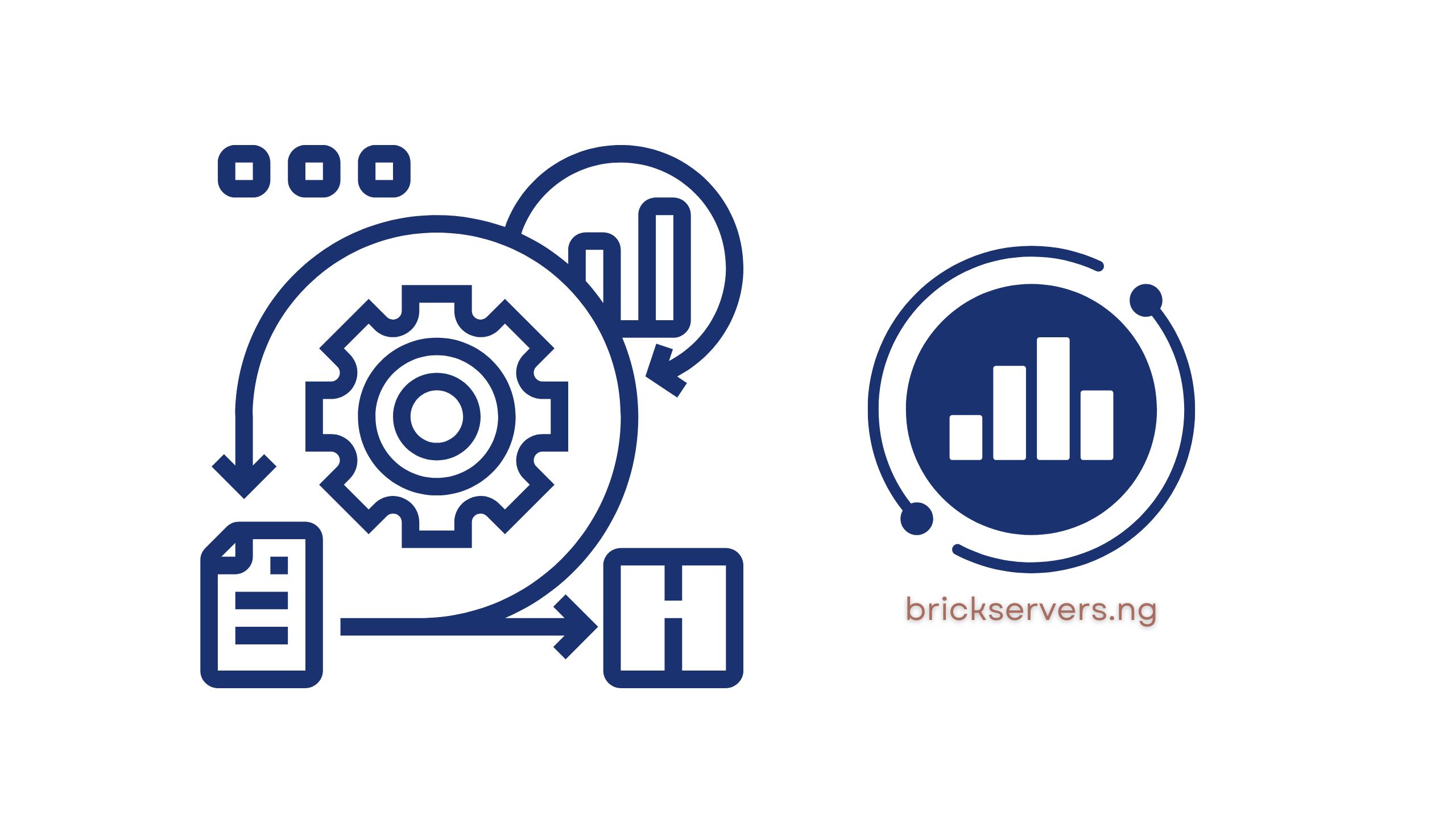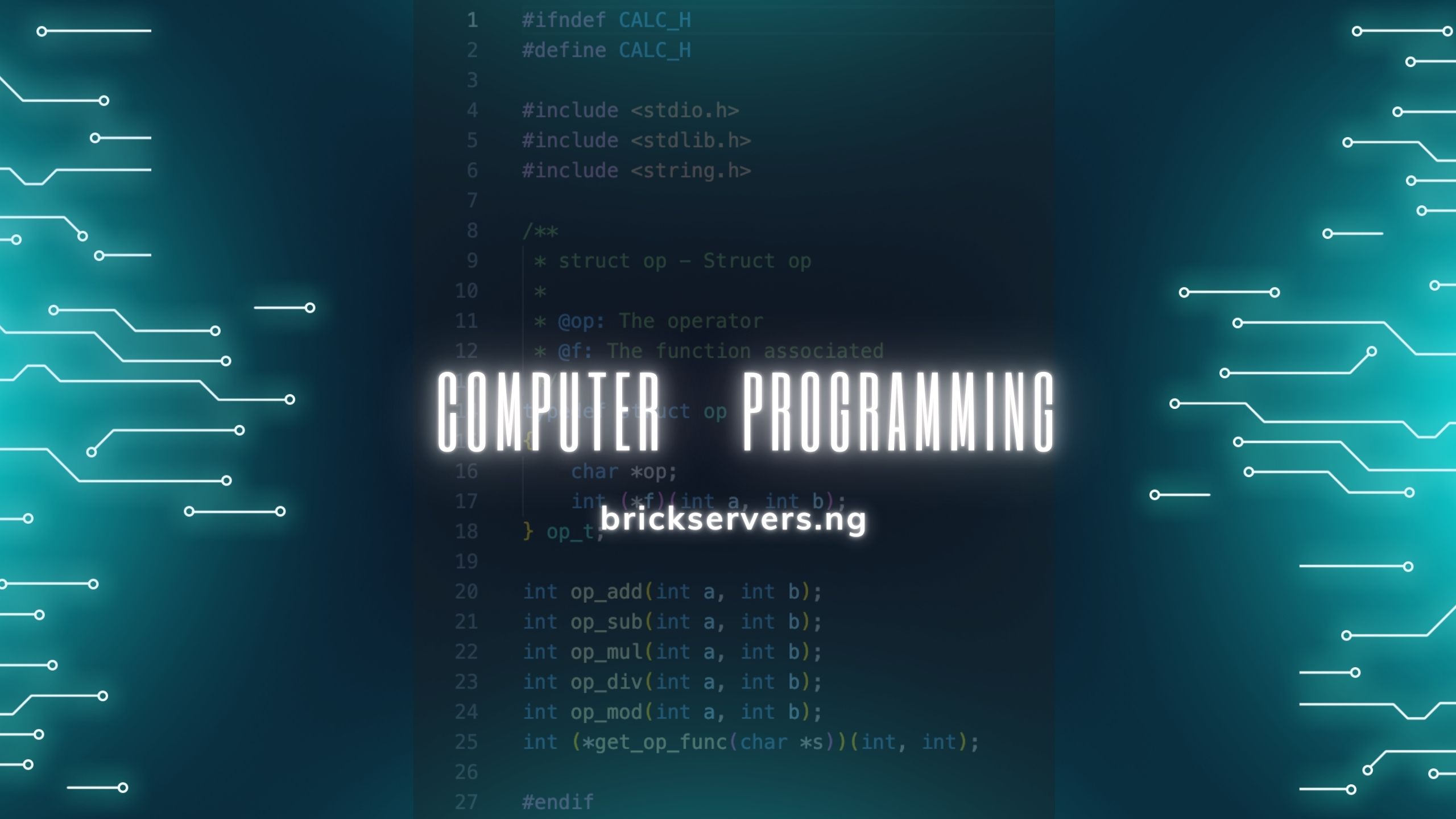Programming errors are a natural part of the development process. Here, we’ll delve deeply into strategies for identifying and resolving errors using examples in Python, JavaScript, and Java.
1. Error Types:
Syntax Errors:
Syntax errors occur when the code violates the programming language’s syntax rules. These errors prevent the code from being executed. The code is typically highlighted with error messages pointing to the issue.
Example:
# Syntax Error in Python
print("Hello, World!)Runtime Errors (Exceptions):
Runtime errors, also known as exceptions, happen during program execution. These errors are often caused by unexpected situations, like dividing by zero or accessing an index out of range.
Example:
// Runtime Error in Java
int numerator = 10;
int denominator = 0;
int result = numerator / denominator;Logic Errors:
Logic errors, or bugs, don’t cause the program to crash but lead to incorrect results due to flawed logic or incorrect calculations.
Example:
// Logic Error in JavaScript
function calculateAverage(nums) {
let total = nums.reduce((acc, num) => acc + num, 0);
let average = total / nums.length;
return average;
}
let numbers = [5, 10, 15, 20];
console.log(calculateAverage(numbers)); // Output: 12.5 (incorrect)2. Strategies for Identifying and Fixing Errors:
a. Debugging Tools:
Modern Integrated Development Environments (IDEs) provide powerful debugging tools. You can set breakpoints, step through code, inspect variable values, and watch the program’s execution flow.
b. Reading Error Messages:
Error messages are invaluable. They not only indicate the location of the error but also provide details about what went wrong. Understanding error messages is a vital skill.
c. Code Review and Pair Programming:
A second set of eyes can catch errors you might have missed. Collaborating with a colleague through pair programming can lead to higher code quality and error detection.
d. Divide and Conquer:
If dealing with a complex block of code, divide it into smaller parts and test each section independently. This approach helps identify the source of an error more easily.
e. Rubber Duck Debugging:
Explaining your code, line by line, to someone else or even an inanimate object like a rubber duck can help you pinpoint errors and gain a clearer understanding of your code’s flow.
3. Examples:
Let’s examine the provided examples in detail:
Syntax Error:
In Python, the syntax error arises because of the missing closing double-quote in the print statement.
Runtime Error:
In Java, the runtime error is caused by division by zero. The code tries to divide 10 by 0, which is mathematically invalid.
Logic Error:
In JavaScript, the logic error occurs in the calculateAverage function. The average calculation divides the total by the number of elements, resulting in an incorrect average.
Putting it Together:
The ability to identify and fix programming errors is a foundational skill for developers. By using debugging tools, reading error messages, collaborating with peers, breaking down code, and employing creative strategies like rubber duck debugging, you can efficiently troubleshoot issues and craft robust, functional code. Embrace these strategies to navigate through the challenges of programming errors and emerge as a skilled problem solver in the world of coding. Happy debugging!






